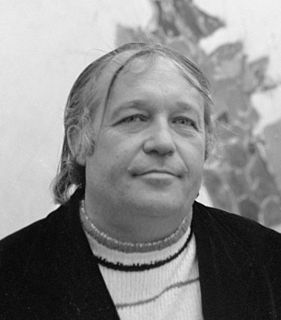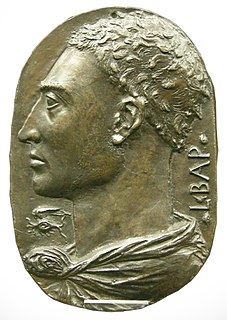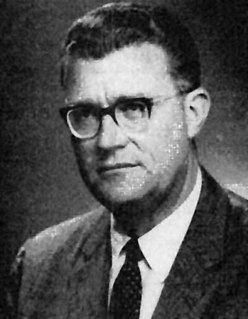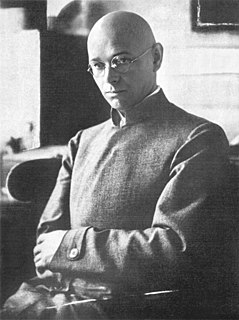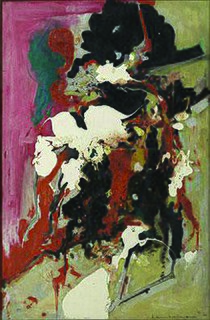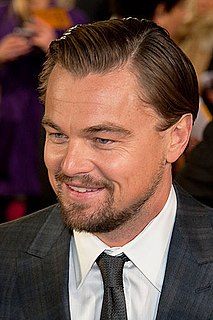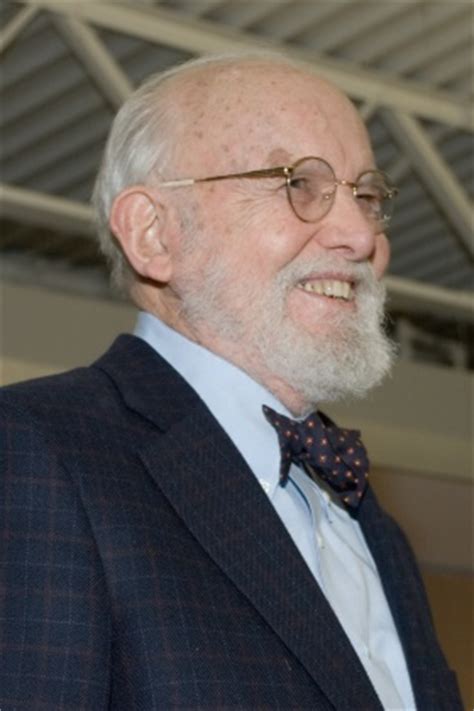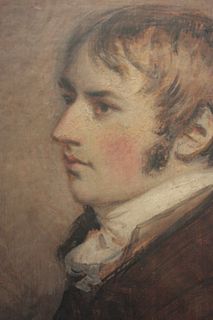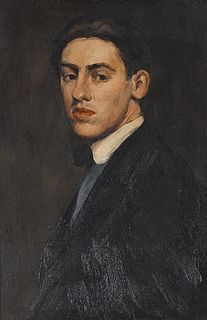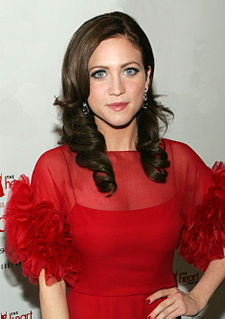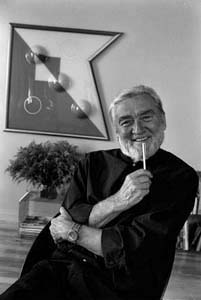A Quote by Sam Francis
Color is born of the interpenetration of light and dark.
Quote Topics
Related Quotes
The impressionistic method leads into a complete splitting and dissolution of all areas involved in the composition, and color is used to create an overall effect of light. The color is, through such a shading down from the highest light in the deepest shadows, sacrified an degraded to a (black-and-white) function. This leads to the destructions of the color as color.
I have likewise made many 'skies' and effects - for I wish it could be said of me as Fuselli says of Rembrandt, 'he followed nature in her calmest abodes and could pluck a flower on every hedge - yet he was born to cast a steadfast eye on the bolder phenomena of nature'... We have had noble clouds & effects of light & dark & color.
Once again you are wrong sir, darkness does not exist either. Darkness is in reality the absence of light. Light we can study, but not darkness. In fact we can use Newton's prism to break white light into many colors and study the various wavelengths of each color. You cannot measure darkness. A simple ray of light can break into a world of darkness and illuminate it. How can you know how dark a certain space is? You measure the amount of light present. Isn't this correct? Darkness is a term used by man to describe what happens when there is no light present.
Light and color are closely linked. The colors can make a crucial change in nature, if you switch from daylight to artificial light or just from strong to weak illumination. In addition, color perception is affected by the material structure. Even if a piece of textile can have the same color as a shiny enamel plate, then they will act completely different.
